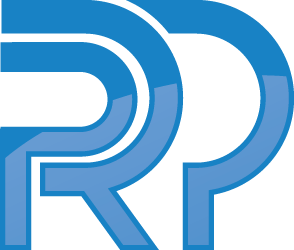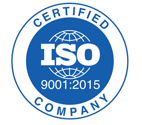In medical device manufacturing, a robust Risk Management Plan (RMP) is essential to ensure the safety and efficacy of devices across their lifecycle. ISO 14971, the international standard for medical device risk management, outlines specific sections and guiding principles for developing an effective RMP. Here, we’ll break down the essential components of an RMP according to ISO 14971 and provide practical tips to help you develop a compliant and proactive risk management strategy.
Key Sections to Include in Your Risk Management Plan
- Scope
Define the scope of the risk management activities, outlining the specific device, systems, or processes covered by the plan. This section should detail the plan’s boundaries, helping the team understand the range of potential risks.
- Assignment of Responsibilities and Authorities
Clearly designate who is responsible for each aspect of risk management. This assignment ensures accountability and provides clarity around roles within the organization, from risk assessment to post-production review.
- Requirements for Review of Risk Management Activities
Establish a schedule and criteria for regular review of risk management activities. This includes identifying key review points in the device’s lifecycle to ensure that risks are reassessed and managed effectively.
- Criteria for Risk Acceptability
Define what level of risk is acceptable for the device, based on regulatory requirements and industry standards. These criteria provide a benchmark for decision-making and help ensure that the product’s risks remain within safe limits.
- Method to Evaluate Overall Residual Risk and Criteria for Acceptability
Include a structured approach to assess the residual risk after implementing risk control measures. Establish criteria to determine whether residual risks are acceptable, providing a clear basis for concluding whether the device is ready for market.
- Verification Activities
Detail the verification activities required to confirm that the risk control measures work as intended. Verification ensures that identified risks have been mitigated to acceptable levels.
- Activities Related to Collection and Review of Production and Post-Production Information
Outline methods for gathering data during production and post-production. This ongoing monitoring is essential to identify new risks, adjust risk controls, and maintain compliance with evolving standards.
5 Essential Points to Remember About Your RMP
- Holistic Outline of Risk Management Scope and Responsibilities
The RMP should provide a comprehensive overview of the scope, responsibilities, risk acceptability criteria, and required data collection at each stage of the product lifecycle. This ensures that all aspects of risk are addressed consistently, from design to post-market surveillance.
- Integration with Quality Management System (QMS)
While the RMP can be a standalone document, many organizations choose to integrate it within their Quality Management System (QMS). This can streamline processes and provide cross-references to clinical evaluations, biological safety, and post-production monitoring plans, enhancing coherence within the overall quality framework.
- A “Living Document” with Ongoing Updates
An effective RMP is not a static document. It should be updated whenever new information or risks arise, with each update recorded in the risk management file. This approach ensures that risk management remains responsive to new insights, production changes, or feedback from the field.
- Risk-Based Approach in Documentation and Activities
The level of detail and rigor in risk management activities should correspond to the device’s risk level. ISO 14971:2019 emphasizes that higher-risk devices require more extensive documentation and evaluation, while minimum requirements apply universally.
- Optional Inclusions for a Tailored RMP
Manufacturers can enhance their RMP by including additional elements, such as schedules for risk reviews, specific analysis tools, or rationales behind chosen risk criteria. These additions can provide greater transparency and support decision-making throughout the product’s lifecycle.
Final Thoughts
A thorough and adaptable RMP, guided by ISO 14971, plays a crucial role in medical device risk management. By covering the essential sections and following best practices, manufacturers can ensure that their devices remain safe, compliant, and aligned with regulatory expectations. From initial design to post-market surveillance, a well-maintained RMP not only protects users but also strengthens the organization’s quality management foundation.
If you need any assistance with respect to Quality or Regulatory Compliance matters for your devices, please contact us at PRP. We understand how challenging it can be to maintain compliance while managing your day-to-day operations. We have a large, experienced team of Med Device QA/RA consultants throughout the country who can seamlessly integrate with your team to fill any gaps in expertise or bandwidth, ensuring you stay on track with your compliance goals. We would welcome the opportunity to work together!


